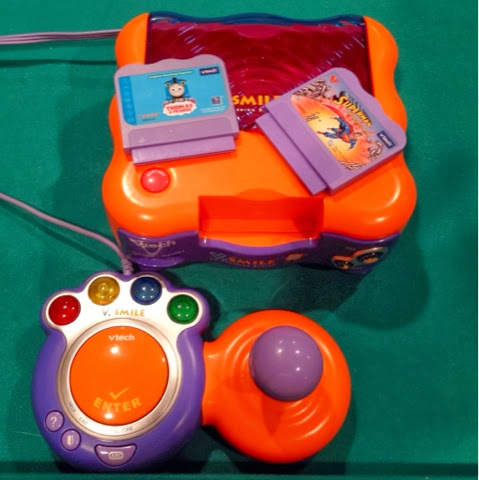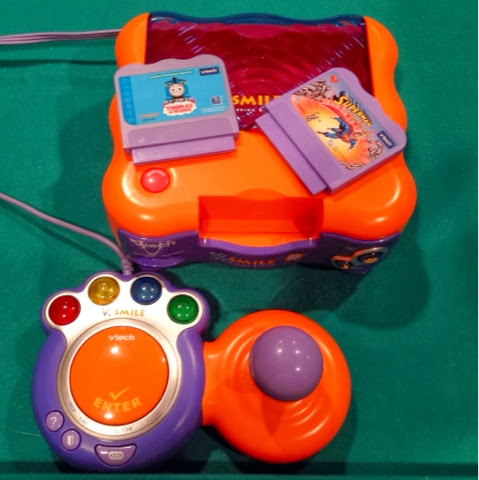Video gaming whether modern or retro always has its 800 pound Gorilla in the room, usually multiple ones. There are the bad things we don’t want to talk about like the whole Custers Revenge thing, and then there are the good things like educational gaming we don’t want to talk about either. It’s strange to think that in retro circles the unspeakable is a game like Math Grand Prix, or that Big Birds Egg Drop is on the same level of being shunned as Beat Em’ & Eat Em’.
But the fact of the matter is that we all have fond memories of educational games, whether we want to admit it or not. For instance I actually liked Math Grand Prix, and I have very fond memories of Oregon Trail, and Where in the World is Carmen San Diego, as I was wrapping up my 8th grade year. Of course lets be honest looking back the only thing educational about Oregon Trail may have been its title.
Nowadays, educational games still exist and cover a wide range topics that extend far beyond the basic math, geography, and history questions of the games we knew as kids. As a matter of fact some educational games also have there own game systems, no doubt to assure parents that all the games for that system are educational and age appropriate, and avoid the mistakes of possibly putting the wrong game in on a standard system. Not to mention these educational systems have controllers that are easier to manage for small kids. But, there is one aspect of the modern educational game systems that I find to be very fascinating, and that is in an era of CD-ROMs and electronic formats, these systems use cartridges.
To me nothing epitomizes the era of retro gaming more then cartridge based games. Every Atari from the 2600 to the Jaguar, Nintendo from the NES to N64, and other systems like the Sega Genesis, C64, and NEO GEO all used cartridges in that golden era. So in a way these educational game systems are the last descendants of the once great cartridge based gaming platforms. Yet, they hardly receive the recognition that one would expect.
Having seen my sons Leapfrog and VSmile games in action I have to say they are not all that bad. For the most part they are 2D, which is very traditional and old school, but I think this is done more to come across as cartoon like so as to appeal to kids more. Yet in the grand scheme of things both system failed to garner his attention long enough for him to show a real interest. I don’t know if this is because having to solve a math problem in order to get Superman to break down a door just wasn’t any fun, or if it was that he just felt other systems were more impressive. I’m guessing it was the whole learning thing.
Overall, though it doesn’t seem as if these systems can get any respect. Go to any garage sale were the residents have pre-pubescent kids, or to many thrift stores and you will find these systems sitting out there totally ignored. In many ways as if the astigmatism of educational gaming we had as kids just seems to carry on.
As a retro gamer and a father I have these systems in my house, although the VSmile wall adaptor doesn’t work, and a few of the games went missing in a recent move. After I began to realize the significance of the fact that the VSmile and Leapster both still use cartridges, I decided to include these out of place systems into the fold of retro and modern video gaming, by hooking the VSmile up to the very same TV that now hosts my Atari 2600, Sega Genesis, NES, and PS 2 (and hopefully XBOX 360 and Wii if I replace them with an XBOX One and Wii U soon), and also give the games and portable game systems space in the same cabinet that now has games for these other systems, and hold my Gameboys, and DS.
What are your thoughts? As retro gamers and collectors should we adopt or shun these educational systems? Let me know?



Leave a Reply